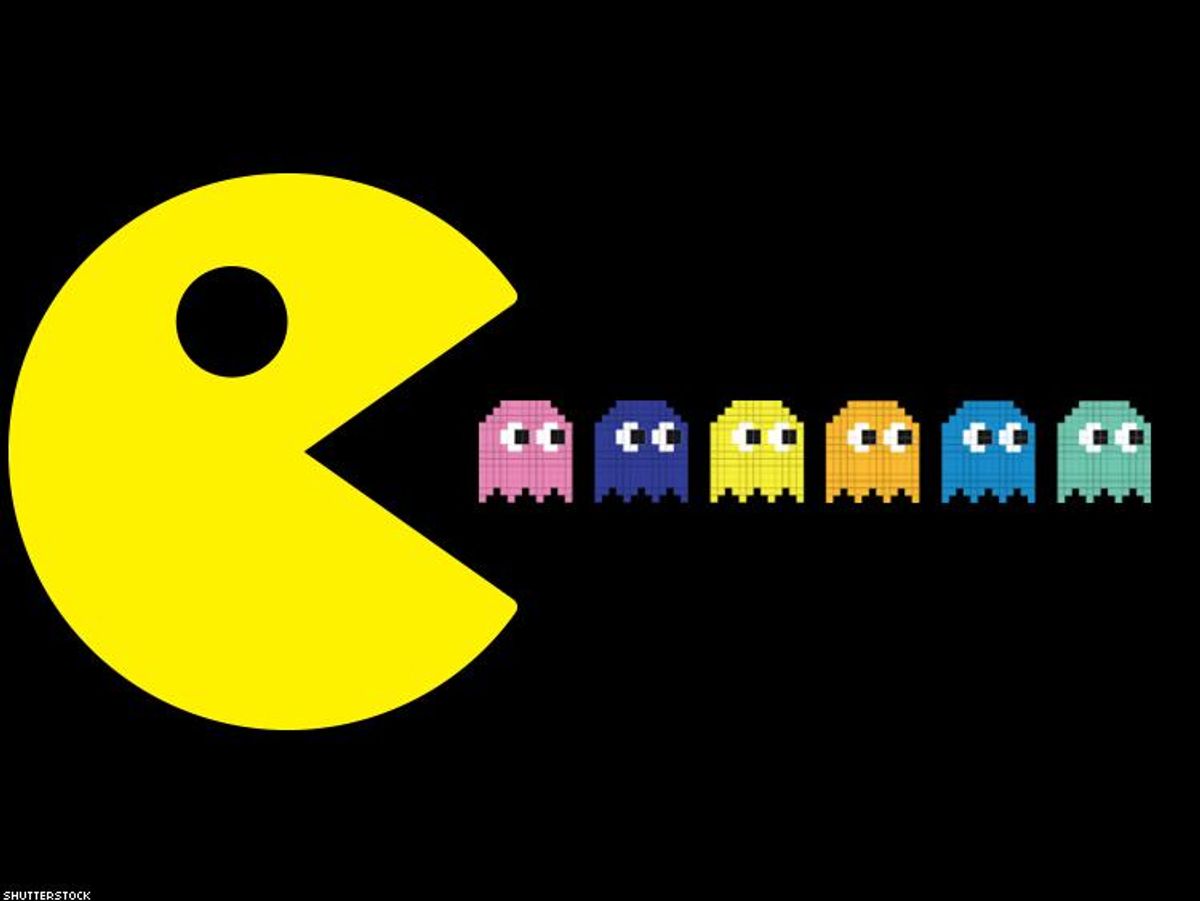CRISPR, according toDr. Chris Blazier, a researcher at Texas A&M University, “stands for centered regularly interspaced short palindromic repeat. [It’s] part of the bacterial immune system that allows bacteria to remember viruses that have previously attacked them.” Scientists have used CRISPR to target and remove the viral genes, sort of cut-and-pasting their way to healthy DNA. As Time magazine explained, “CRISPR’s power lies in the fact that its precise enough to find and cut out just the viral genes, leaving the animals’ own DNA intact.”
So far, removing HIV has only been done with transgenic animals, which are lab animals whose DNA has been modified by scientists. (In this case, the lab rats had to be modified to even get HIV because they aren’t naturally susceptible to it.) Human trials could still be far off, but as Dr. Keith R. Jerome, head of Vaccine and Infectious Diseases at the University of Washington, noted in a press release, “This is an important study that marks the next step toward using HIV DNA excision from the host genome as part of a curative strategy.”
Since then, it’s been discovered that CRISPR “has another trick up its sleeve. The system that sparked a revolution in gene editing can also be used in fast and cheap tests for pathogens.” More importantly, “a tool based on CRISPR has been shown to detect the Zika virus in blood, urine, and saliva.” It was developed by researchers at the Broad Institute of MIT and Harvard in Cambridge, Massachusetts, who call it SHERLOCK — for “Specific High-sensitivity Enzymatic Reporter unLOCKing.” CRISPR was discovered in E. coli, which uses it to recognize the genetic material of viruses and destroy it — much like Pac-Man eats ghosts.
Another study by the University of California, Berkeley found, “10 new CRISPR enzymes that, once activated, are said to ‘behave like Pac-Man’ to chew through RNA in a way that could be used as sensitive detectors of infectious viruses.”
Furthermore, according to Wired, “These new enzymes are variants of a CRISPR protein, Cas13a, which, the UC Berkeley researchers reported last September in Nature, could be used to detect specific sequences of RNA, such as from a virus. The team showed that once CRISPR-Cas13a binds to its target RNA, it begins to indiscriminately cut up all RNA making it ‘glow’ to allow signal detection.”
Doctors could pick up that signal and pinpoint the cancer cells. It goes without saying: We can’t wait to learn what CRISPR can do next.


















































































